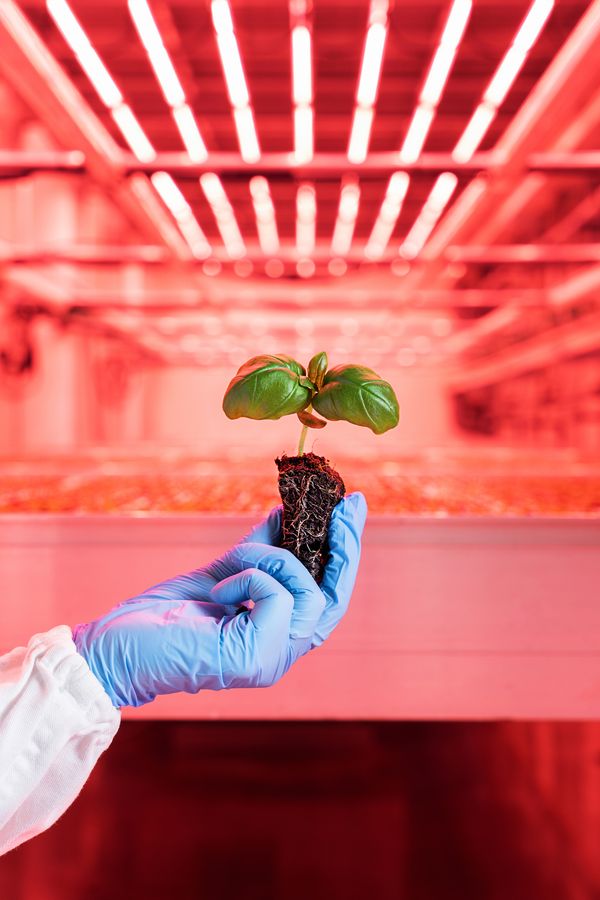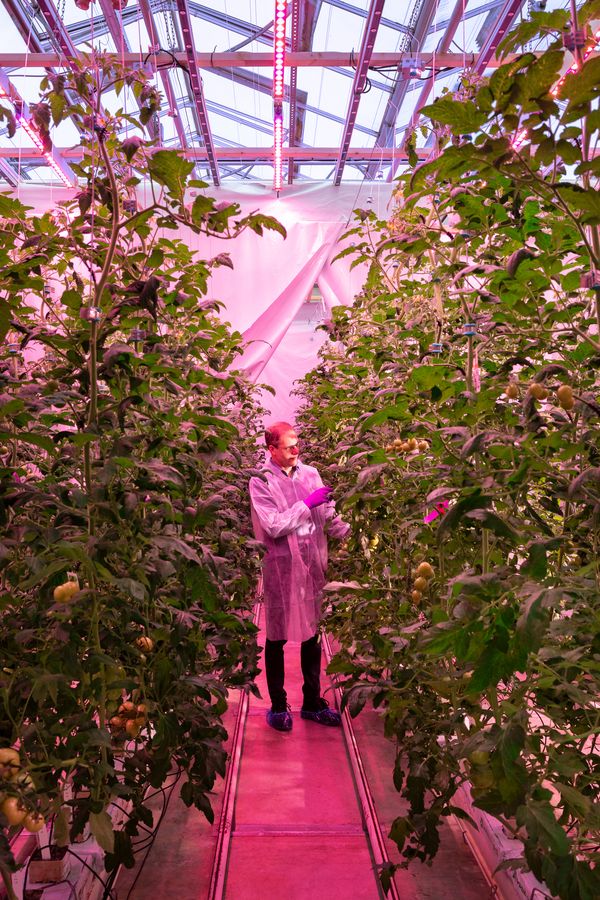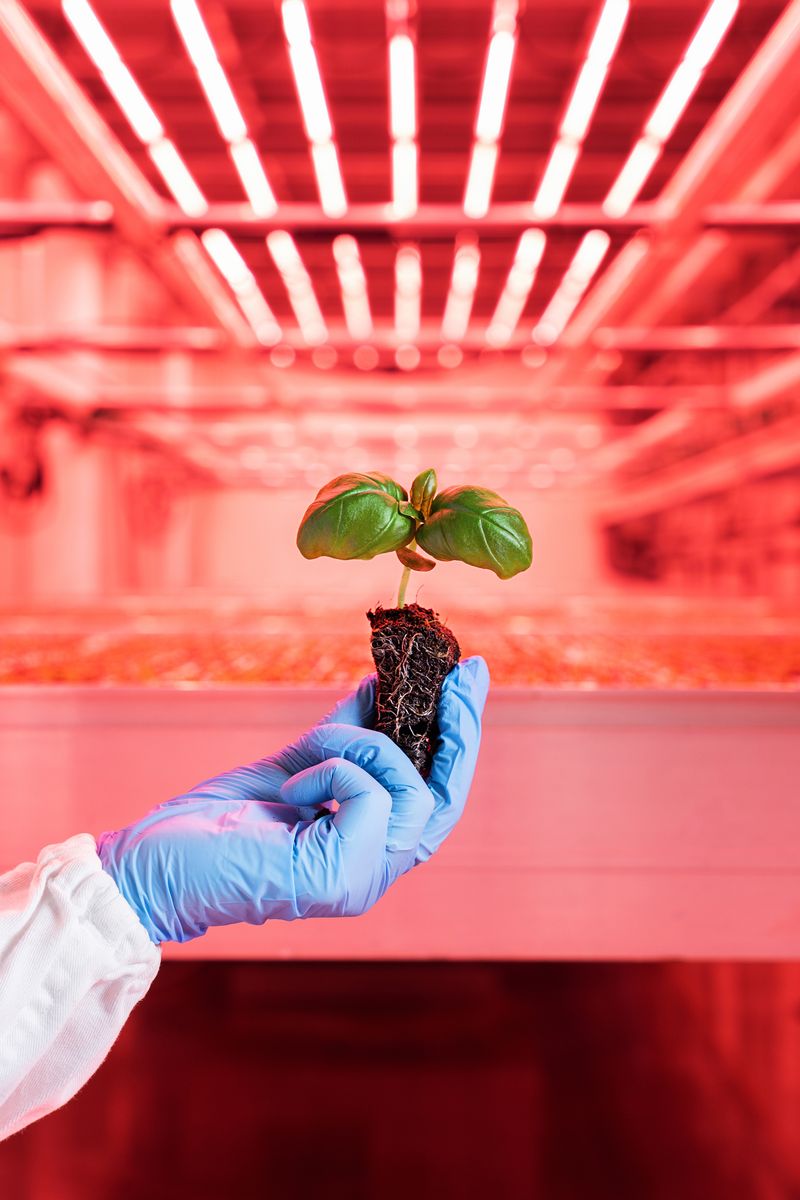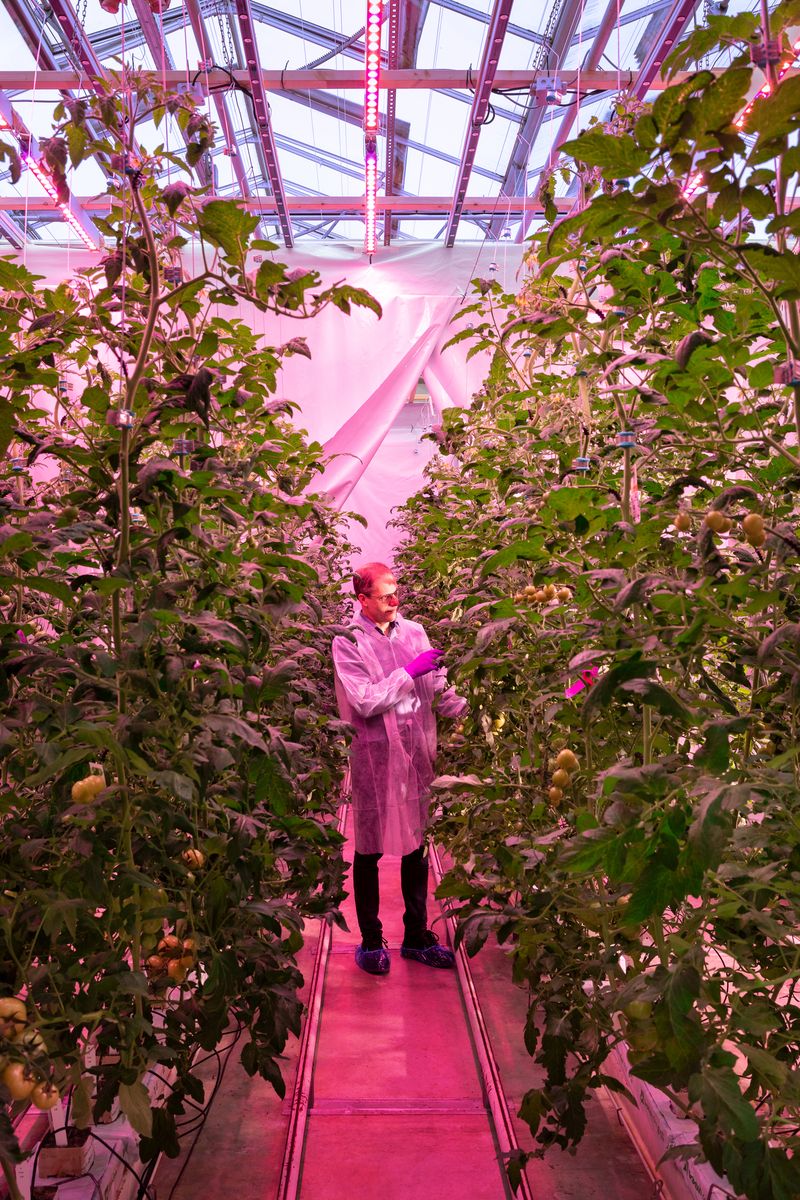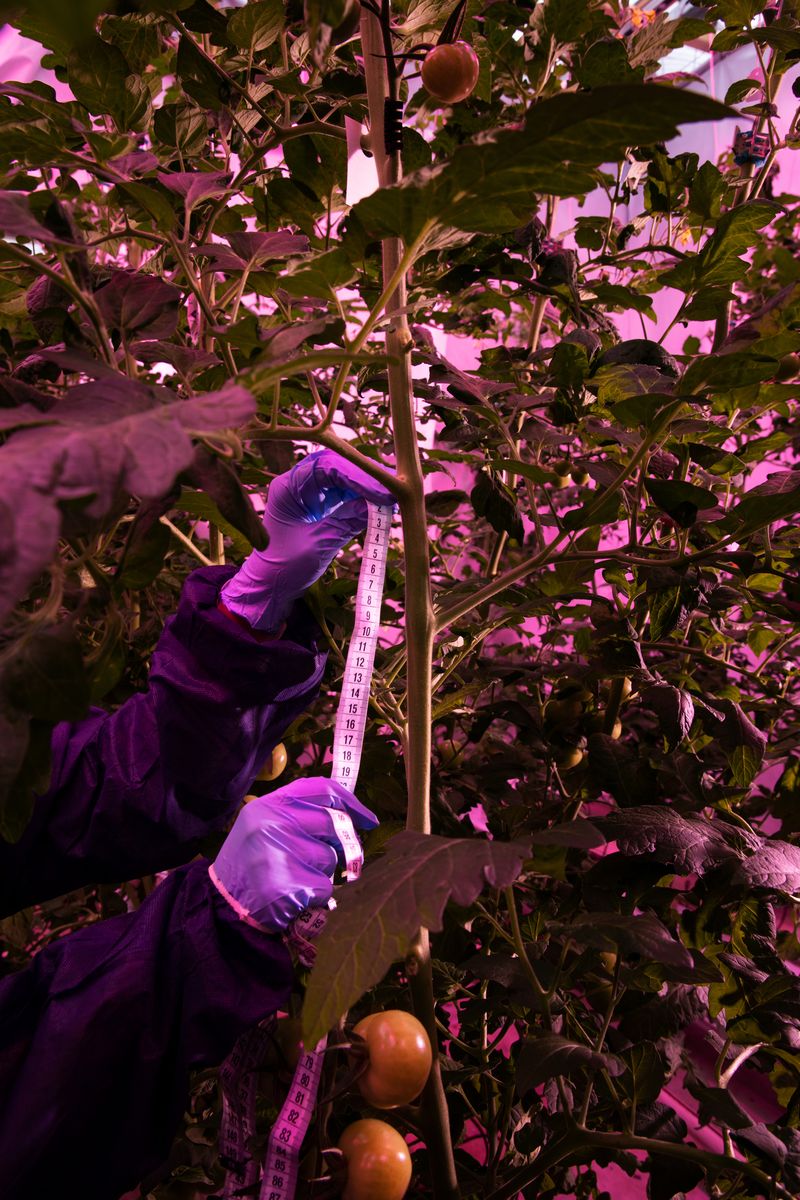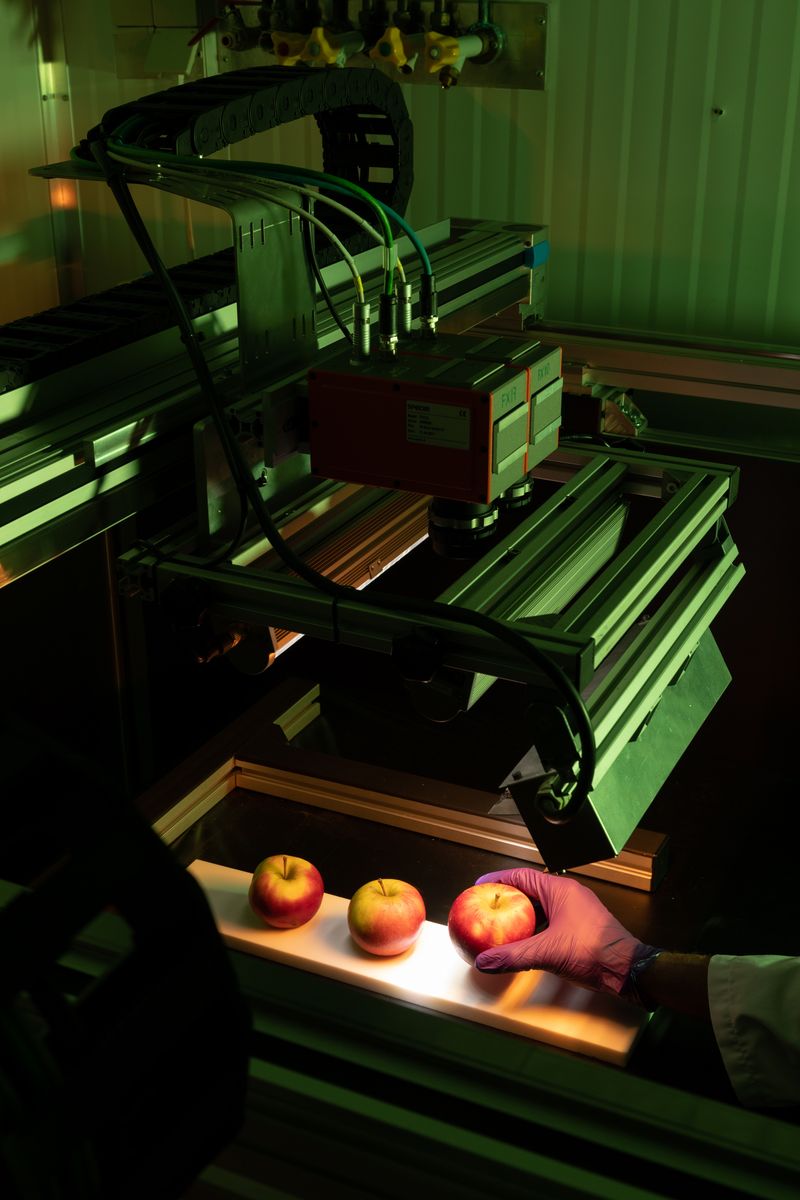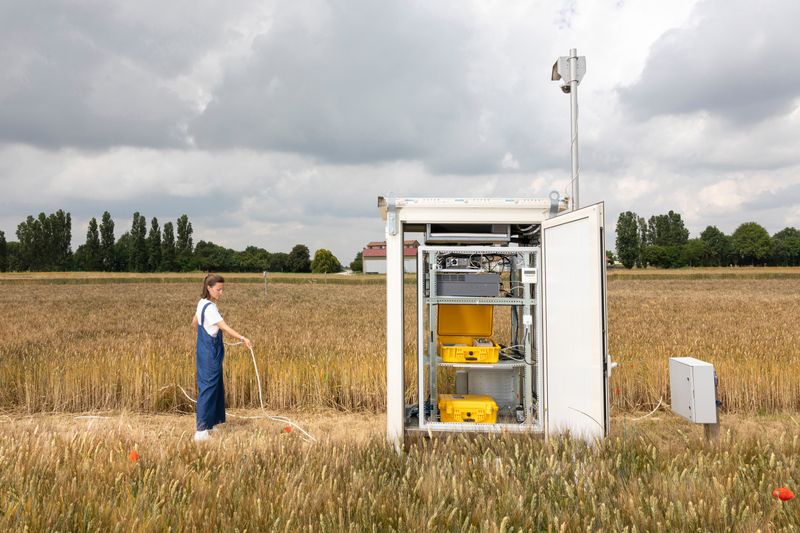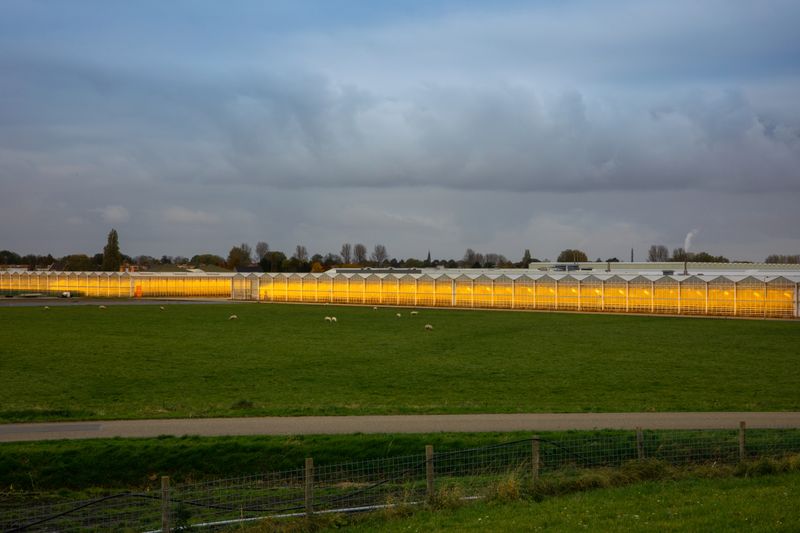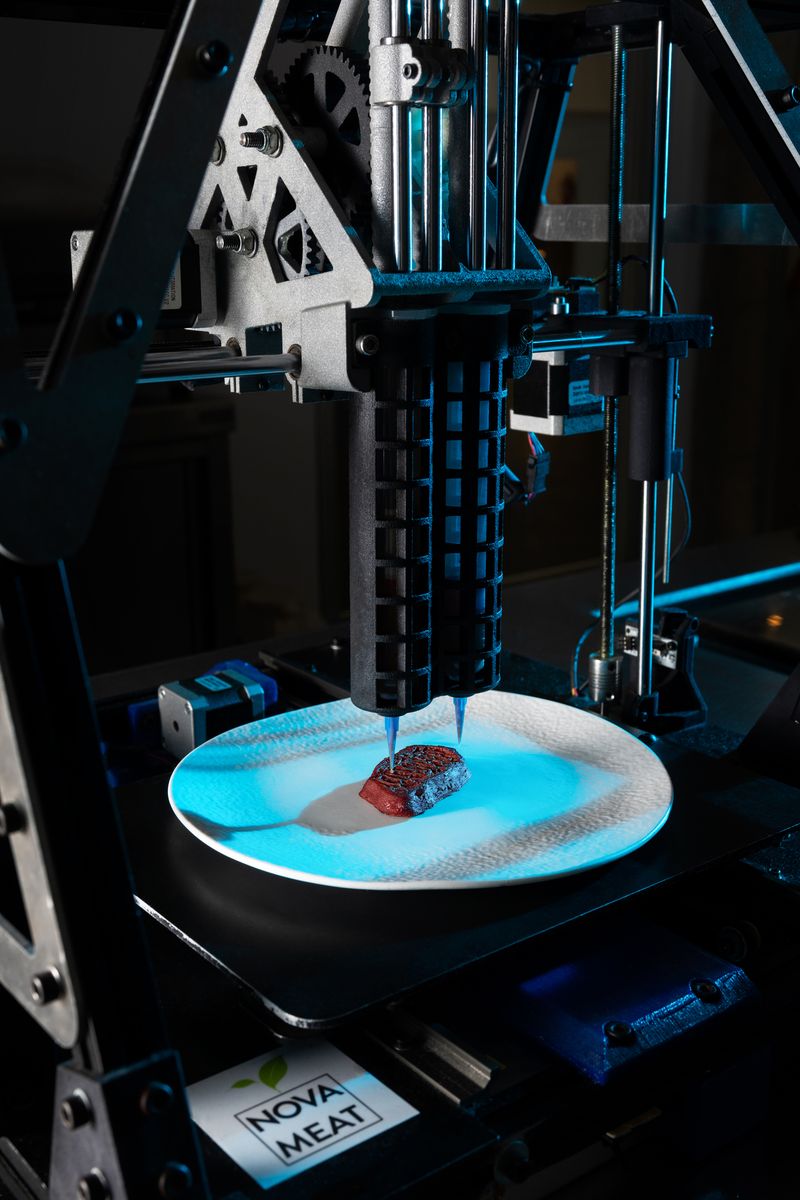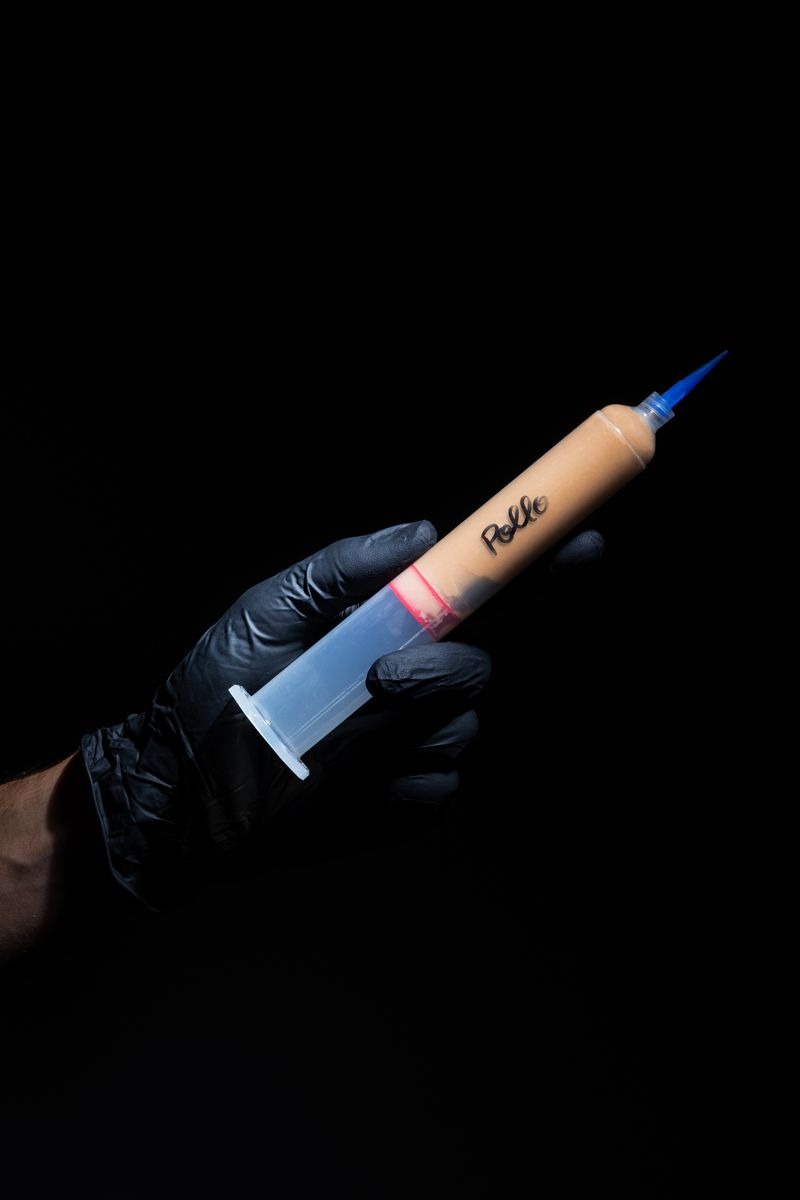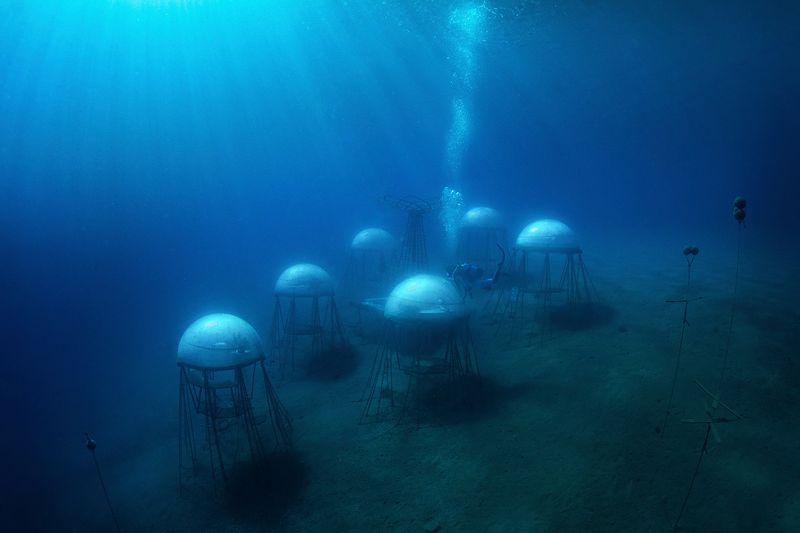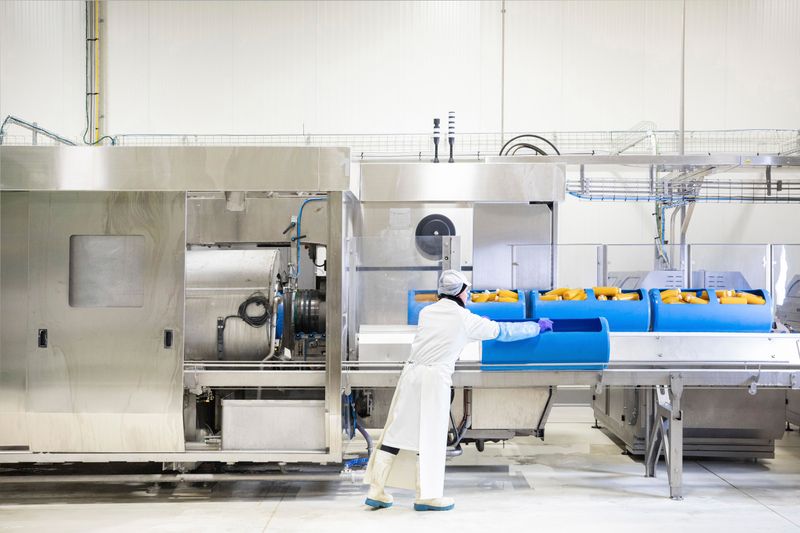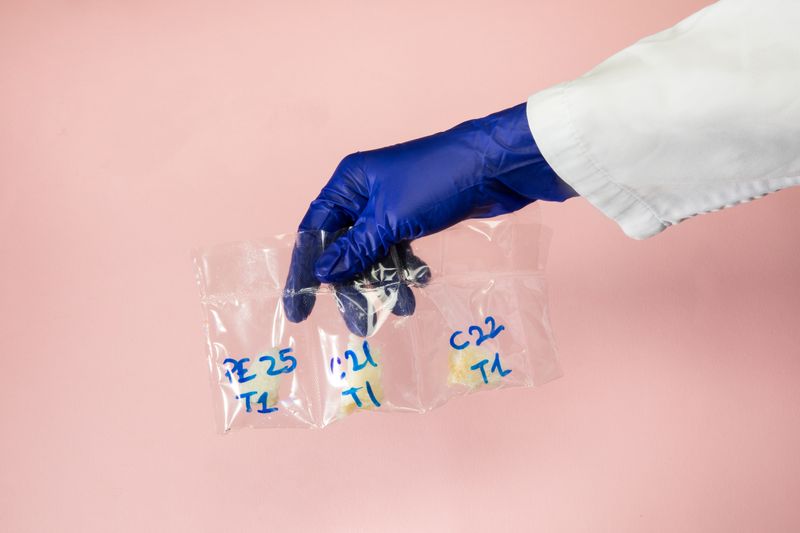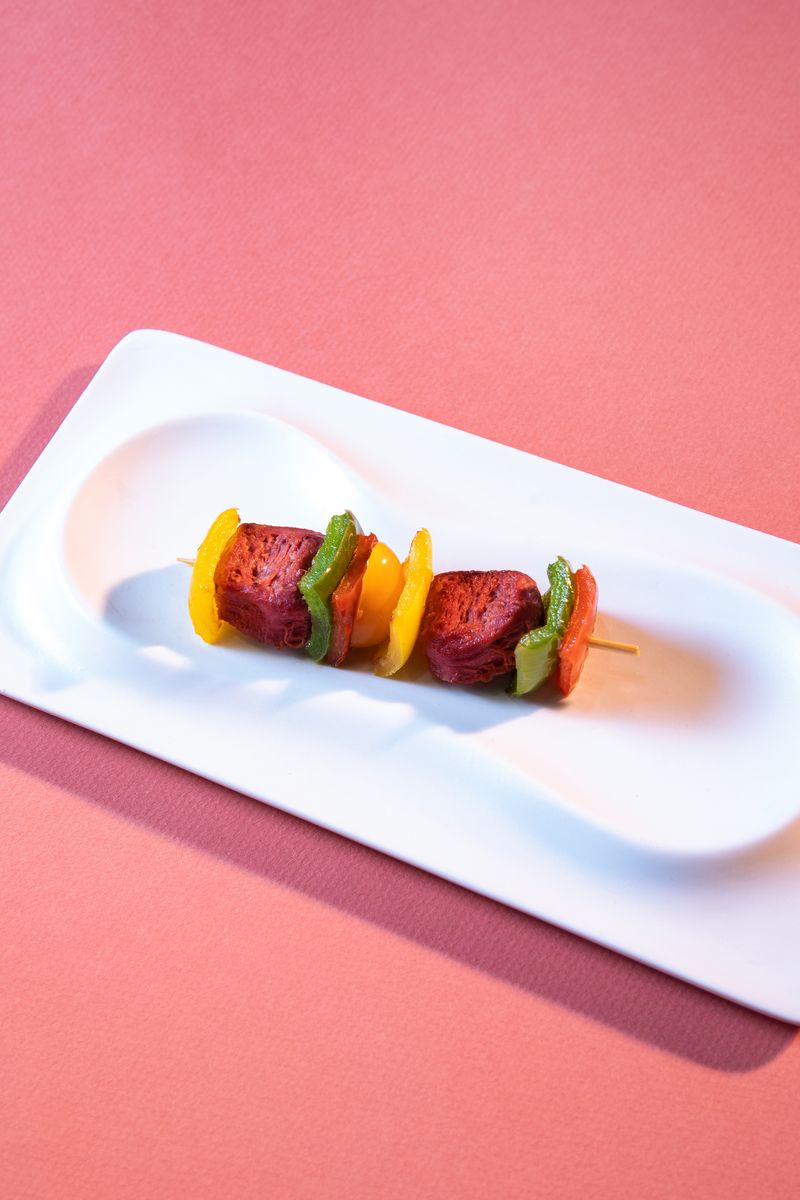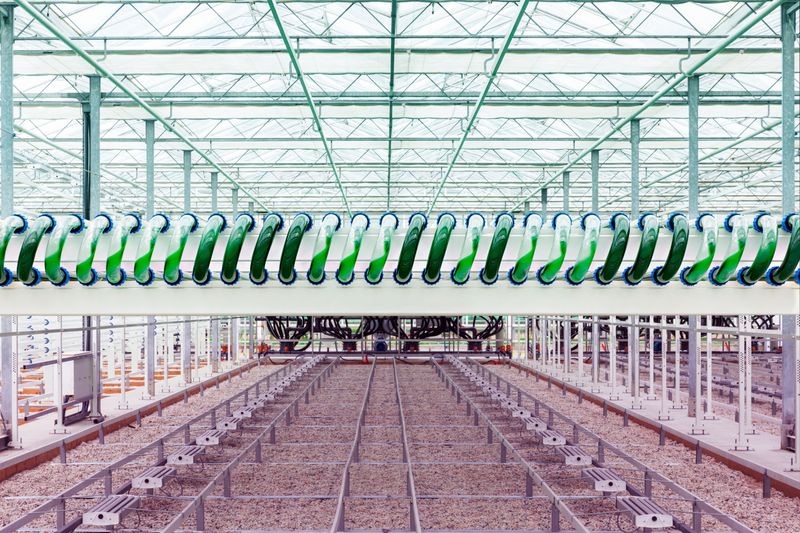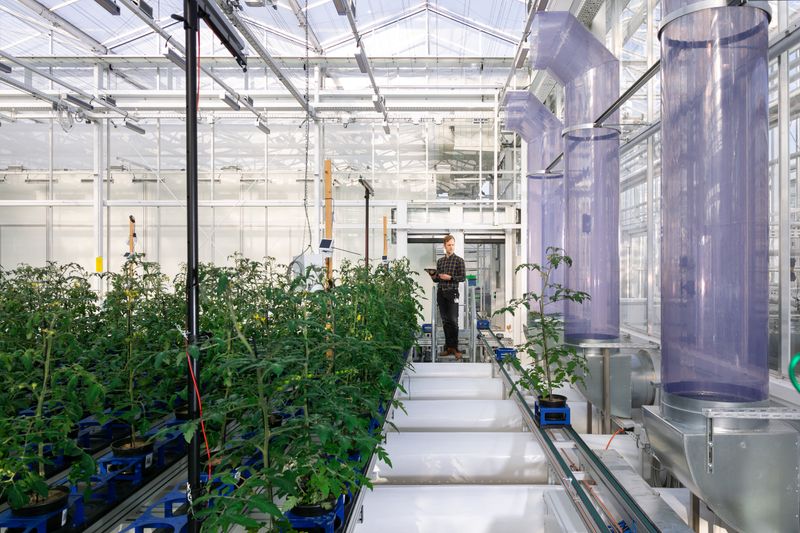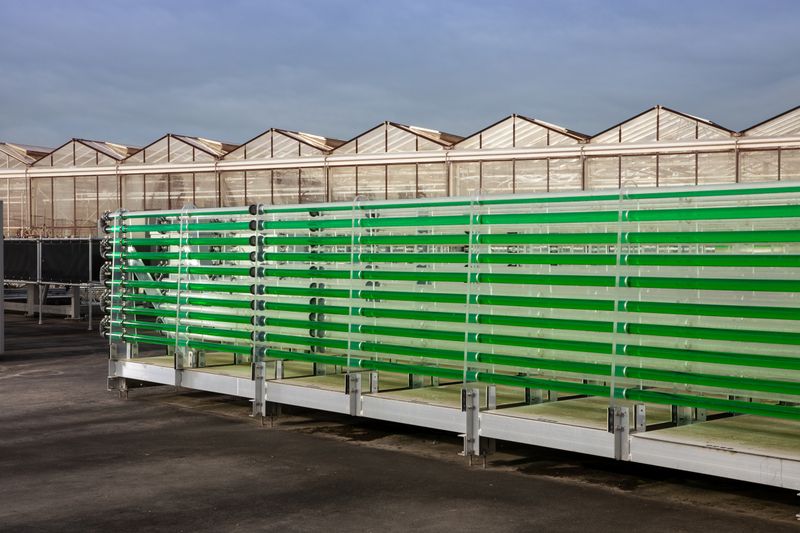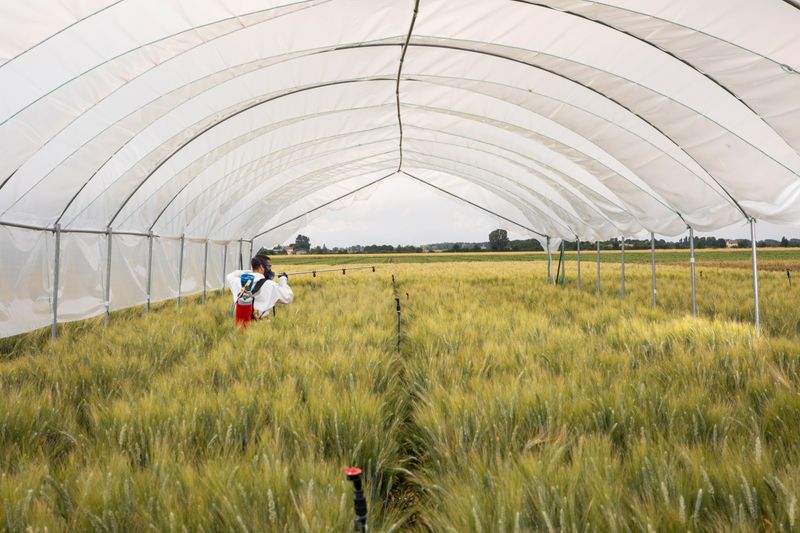Future Food
-
Dates2020 - Ongoing
-
Author
-
Recognition
Future Food is a journey between documentation and the evolution of food. A journey that aims to respond, through emerging food technologies, to an increasingly real and imminent problem.
“By 2050, feeding a global population of nearly 10 billion will require a radical transformation in the way food is produced, transformed, exchanged and consumed. To feed a constantly expanding population in a nutritious and sustainable way will require substantial improvements in global, regional and local food systems so that they can provide decent jobs and livelihoods for producers and every member along the food chain, to provide nutritious products for consumers and do so without damaging our natural resources.
Thus writes the FAO (Food and Agriculture Organization of the United Nation) on the future of food systems. This is where Future Food started, with the intention of answering two major questions: how does change evolve for a more sustainable future for food? How to achieve superior nutritional quality and even more accurate control of microorganisms?
Nature and technology therefore enter deeper and deeper in contact, creating that bond that is already the basis of the nutrition of the future.

